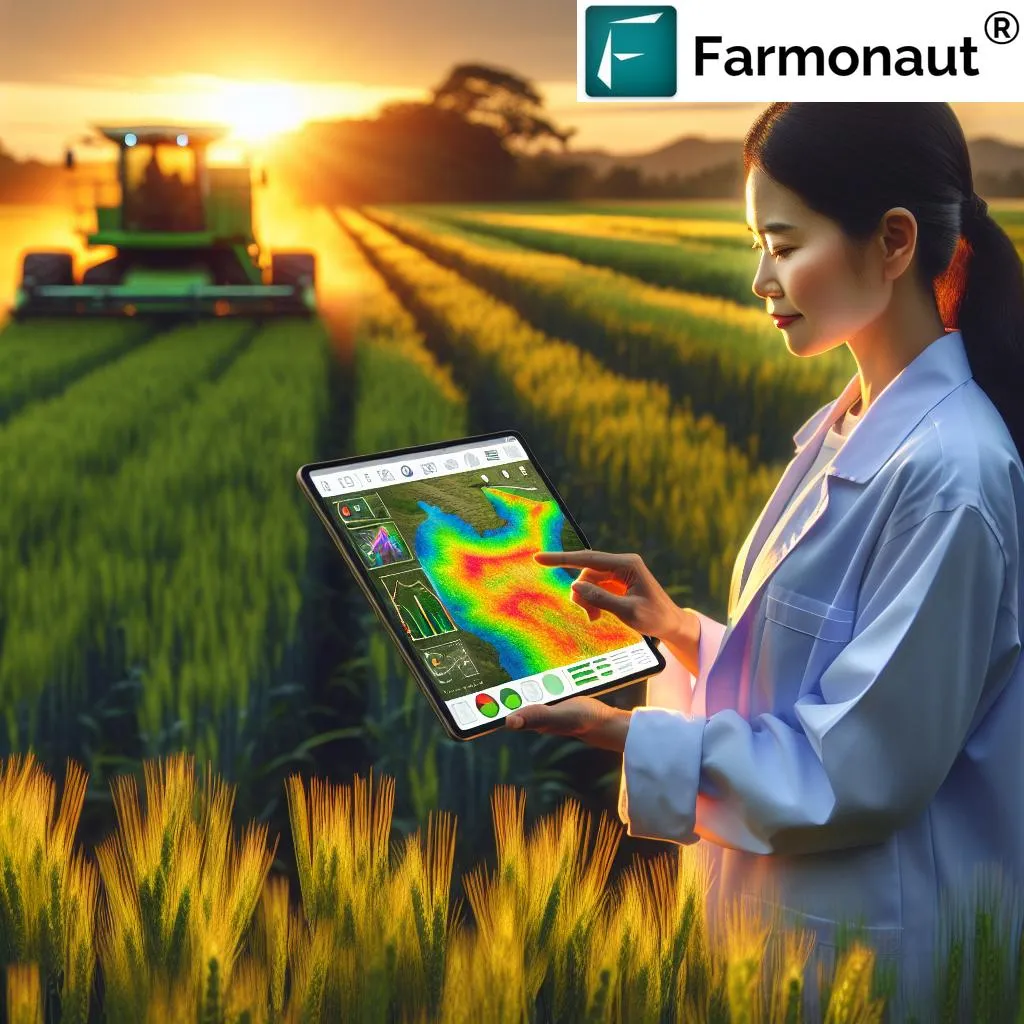In the rapidly evolving world of precision agriculture, a groundbreaking methodology promises to revolutionize how we monitor and maintain farming equipment. Researchers have developed a novel approach to reproduce real image data in high-resolution virtual environments, enabling realistic virtual testing of camera-based monitoring systems for agricultural machinery. This innovation, published in *Results in Engineering*, could significantly reduce the need for extensive real-world testing, saving time and resources for farmers and manufacturers alike.
The study, led by Martin de Fries from the Division of Electricity at Uppsala University and the Institute of Automotive Engineering at Cologne University of Applied Sciences, focuses on monitoring the wear condition of tines on an agricultural cultivator using a camera system and intelligent image evaluation. The methodology involves two key subprocesses: parameter identification and image reconstruction. Accurate camera modeling, based on real camera calibration data, is crucial for parameter identification. The image reconstruction process fine-tunes the virtual environment and its camera model, recording virtually generated images for analysis.
“Our methodology allows for the creation of highly realistic virtual environments that closely mimic real-world conditions,” de Fries explained. “This not only enhances the development of monitoring systems but also ensures their robustness and accuracy.”
The evaluation of the methodology involved comparing virtually generated images with those captured by a real camera. The results showed a good match, with minor deviations attributed to usage-related deformations of the real system. Despite these deviations, the image quality was sufficient for the monitoring system to accurately identify the cultivator tines and their elements.
The potential for improving the methodology lies in automating its process steps, which could further streamline the development and testing of camera-based monitoring systems. The study also underscores the importance of robustness in tool monitoring systems, particularly in response to geometric changes in the overall system.
This research has significant commercial implications for the agriculture sector. By enabling realistic virtual testing, farmers and equipment manufacturers can develop and refine monitoring systems more efficiently, reducing downtime and maintenance costs. The ability to simulate real-world conditions virtually also opens up new possibilities for training and education, allowing agricultural workers to familiarize themselves with advanced monitoring technologies in a risk-free environment.
As the agriculture industry continues to embrace digitalization, innovations like this methodology will play a crucial role in shaping the future of farming. By leveraging virtual environments and advanced camera systems, farmers can achieve greater precision and efficiency, ultimately leading to improved crop yields and sustainability.
The study, published in *Results in Engineering*, highlights the collaborative efforts of Martin de Fries and his team, bridging the gap between theoretical research and practical applications in the field of agriculture. As the agriculture sector continues to evolve, such interdisciplinary approaches will be instrumental in driving innovation and addressing the challenges of modern farming.

